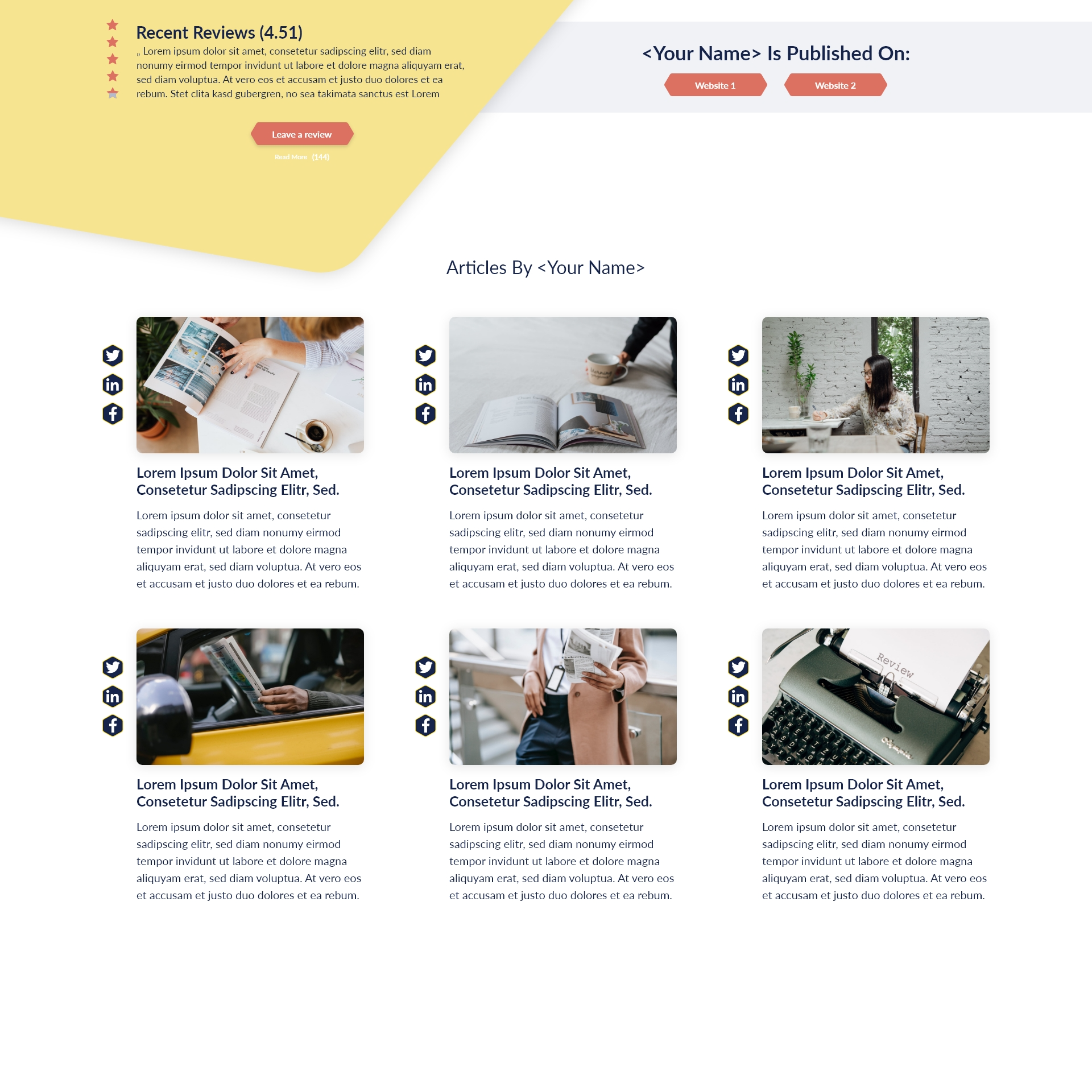Key Takeaways:
- Leaders can enhance team motivation and engagement through effective communication and recognition.
- Understanding diverse leadership styles and effective delegation promotes a thriving workplace environment.
In today’s fast-paced and evolving work environment, motivating and influencing your teams effectively is essential for ensuring success and productivity. Various strategies can help leaders navigate the complexities of team dynamics while maintaining a positive work culture. Here, we explore practical methods that modern business leaders can implement to inspire their teams and improve overall performance.
1. Understanding Team Dynamics
One of the first steps in motivating your team is to understand the dynamics at play. Each individual on your team has unique motivators and personal goals. By actively listening and engaging with your team members, you can better understand what drives them. Conduct regular one-on-one meetings, solicit feedback, and take the time to recognize their achievements, regardless of how small they may seem.
2. Setting Clear Goals
Goal setting is a powerful tool for motivating teams. It provides clarity and a shared sense of purpose. Set SMART (Specific, Measurable, Achievable, Relevant, Time-bound) goals to ensure alignment within your team. When team members understand what they are working toward, they are more likely to remain engaged and feel a sense of ownership over their work.
3. Fostering an Open Communication Culture
Effective communication skills play a vital role in fostering a motivating work environment. Encourage open dialogue where team members feel comfortable sharing their thoughts and ideas. Host regular team meetings and make use of collaborative tools to enhance communication. Acknowledge their input to create a sense of belonging and value.
4. Acknowledging Achievements
Recognizing and celebrating achievements, both big and small, can significantly boost employee morale. Create a culture of appreciation where team members feel valued for their contributions. Consider implementing an employee recognition program or simple shout-outs during meetings to foster a sense of accomplishment.
5. Providing Growth Opportunities
Offering opportunities for personal and professional development motivates team members by showing that you care about their future. Encourage participation in workshops, online courses, or mentoring programs. Assigning challenging projects can also stretch their abilities and provide room for growth, demonstrating that you trust them and believe in their potential.
6. Encouraging Work-Life Balance
Motivation is deeply linked to work-life balance. Encourage your team members to take breaks, practice stress management techniques, and maintain healthy boundaries. By promoting well-being and acknowledging life’s pressures outside of work, you empower employees to manage their professional and personal commitments effectively.
7. Promoting Team Collaboration
A collaborative team environment can be significantly motivating. Encourage your team to work together on projects and share responsibilities. This can help to blend their strengths and promote a sense of solidarity. Creating opportunities for team-building exercises can further reinforce this collaboration, allowing members to bond outside of the usual work setting.
8. Adapting Leadership Styles
Different leadership styles can resonate differently with various team members. As a leader, it’s essential to be adaptable and recognize when to take a more directive, supportive, or delegative approach based on individual needs. This flexibility can cause team members to feel supported and understood, which can enhance their motivation and engagement.
9. Encouraging Feedback
Providing effective feedback is crucial in enhancing team performance. Make feedback a two-way street by inviting your team members to share their thoughts about your leadership and any concerns they have. Constructive feedback helps create a culture of continuous improvement, allowing employees to feel empowered and motivated to develop their skills.
10. Celebrating Diversity and Inclusion
Diversity and inclusion should be integral to any team culture. A workforce that embraces diverse perspectives is often more creative and innovative. Foster an inclusive environment where every team member feels they belong, regardless of their backgrounds, beliefs, or identity. This not only motivates employees but drives a positive culture of cooperation and respect.
11. Managing Stress in the Workplace
Stress management is critical for maintaining a motivated team. Equip your team with tools and resources to handle pressure effectively. This could include mindfulness resources, flexible work arrangements, and open communication channels where they can express their concerns. Supporting them during high-stress periods can lead to greater resilience and motivation.
Overall, motivating your team is an ongoing process that requires attention, empathy, and strategic action. By implementing these strategies, such as setting clear goals, communicating openly, celebrating success, promoting collaboration, and being adaptable in your leadership style, you can create an enriching work environment where team members feel motivated, engaged, and driven to excel.








